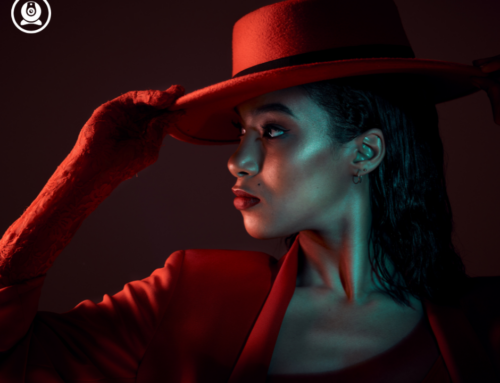Female orgasms are essential to womans health. You may be surprised to know that vibrators can do a lot more than wait in the nightstand until the moment is right.
Lioness, maker of the world’s “first and only” smart vibrator, uses biofeedback sensors and AI to characterize “involuntary pelvic floor contractions”—also known as orgasms. It’s just as techy as a smartwatch or any other health tech, and Lioness has new data to prove it in their annual ‘Pleasure Wrapped.’
Like the Spotify Wrapped year-end music review, Pleasure Wrapped provides users a breakdown of your year in masturbation: When they did it, how good it was, and what settings work best for them.
“We are presenting this [orgasm] data in a way that has never been done before and we’re really excited to share it with the world,” says founder and CEO Anna Lee. “We like to say, ‘knowledge is pleasure’ and we see an opportunity with this yearly collection of “O” data to see pleasure in a different light and to give people with vulvas their stage to do it for science.”
Lee is a 2020 Forbes 30 under 30 awardee, and engineer who previously worked at Amazon on the Kindle team. Lee grew up in a “super conservative religious family in Korea,” she says. “We never talked about sex growing up. I was scared of my body into my mid-20s.”
As she looked for ways to understand her sexuality, Lee realized most products on the market were either made by men or not designed to answer her questions. “I was like, how do they even know if what they’re building works for vaginas?” It turns out, many companies test the quality of the vibration on noses.
Lee decided to found Lioness in 2015 and developed a $229 vibrator with patented technology that explores pleasure through data.
“We’ve created an algorithm that displays orgasms,” Lee says. “After you have a session, you put some notes and tags on it [in the app], and it will rank it on what we call the pleasure quotient scale, or PQ scale, to give you the rank between zero to 13.”
Women—and, more broadly, “people with vulvas”— are using the Lioness app to understand if their orgasms are stronger in the morning, at night, after a glass of wine, and more. The charts below compare the shape, force, and length of an orgasm without and without cannabis-infused lubricant.
Female orgasm with and without cannabis lube.
Medical professionals have cited Lioness’s dataset in studies, as the company has collected the first dataset on female orgasms and has categorized them into types such as the explosive “volcano” versus a more steady, rhythmic fluctuation, for example.
Here are Lioness’s main findings from 2023. The data is aggregated across all worldwide users, and anonymized, per its strict privacy policy. Individual Lioness owners also see a personalized summary on their accounts.
Most Common Time & Day to Masturbate
Of all the months in the year, January had the most total masturbation sessions, Lioness found. Throughout the year, Sunday was the most common day of the week, and Tuesday the least common.
In terms of time of day, 9pm is the most popular. Sounds like 9pm on a Sunday in January is prime time! However, even though 9pm was the most popular time, users were more likely to reach orgasm a few hours later, at 3am.
With the holidays coming up, Lioness decided to look at which holidays were the most popular for pleasure. New Year’s Day came on top, followed by Thanksgiving, and then Groundhog Day.
“Just like the groundhog, Lioness users are emerging from the depths of winter ‘sprung’ for spring,” says Lioness.
Average Length and Strength of Orgasms
In the past year, orgasms lasted an average of 24.01 seconds on average. “This is in line with findings from a 1985 study led by R. Levin, which notes that the mean duration of female orgasm is 26 seconds,” Lioness says.
The average total masturbation time was 5 minutes and 9 seconds, with an average time to first orgasm of 4 minutes and 19 seconds. Most sessions had one orgasm, but 4.6% had multiple, with an average of two per session.
How do you measure the strength of an orgasm? Lioness uses gF, or “gram force.” The average contraction strength during an orgasm was 64.88 gF, last year, which is “about the force it would take to break a skinny hot Cheeto,” Lioness says.
In terms of device settings, Lioness found that most users (35.9%) preferred using the vibrator with the motor off. The company suspects people are using other toys and using Lioness specifically to measure their orgasms.
Get Our Best Stories!
Sign up for What’s New Now to get our top stories delivered to your inbox every morning.
This newsletter may contain advertising, deals, or affiliate links. Subscribing to a newsletter indicates your consent to our Terms of Use and Privacy Policy. You may unsubscribe from the newsletters at any time.







Leave A Comment